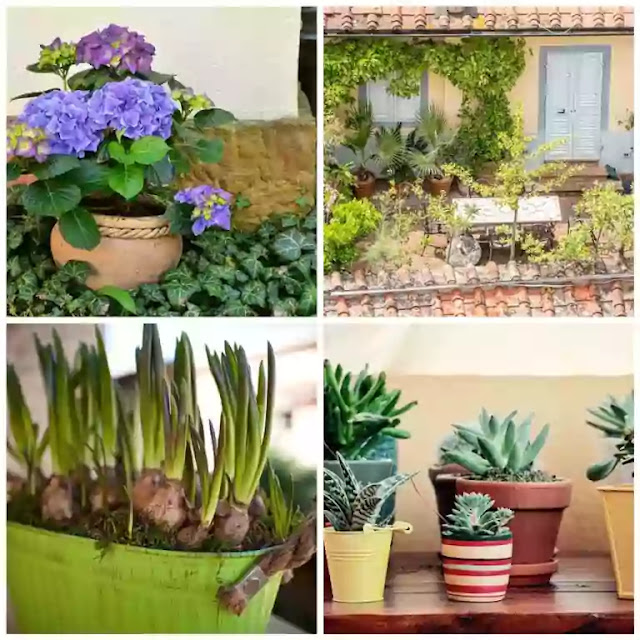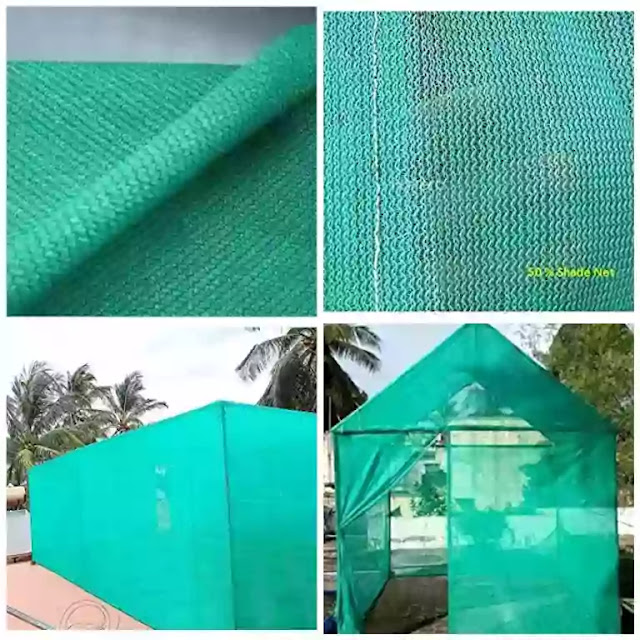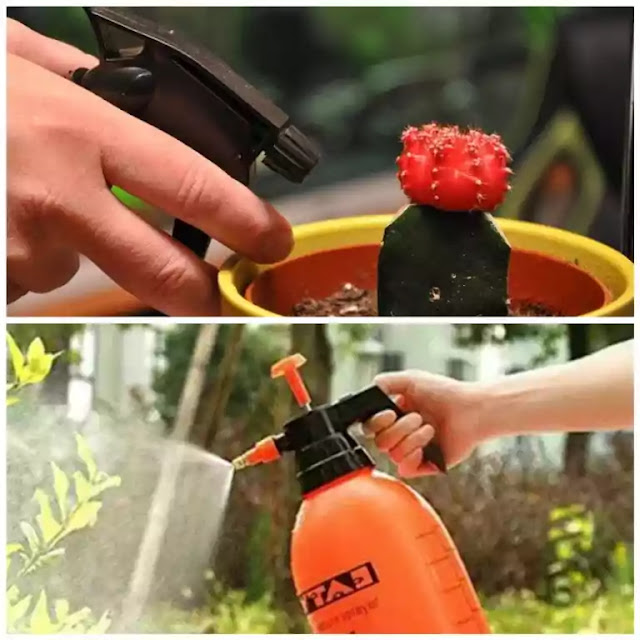In comparison to ground-level crops, terrace garden plants get dry faster. In summers, direct sunlight in the afternoon period is responsible to reduce the moisture of plants. It causes dry leaves and burnt leaves, and finally, the whole plant gets dry fast.
To protect plants from direct sunlight you have to take early action before total damage.
Protect your garden plants in summers
It is normal in summers for terrace plants to get dry. Although many fruits, flower plants, vegetables plants, are summer season plants but they can possibly get dry in summers at terrace.
This drying starts with leaves and buds, then stem get dry and in the end plant dies.
Following are some effective methods to protect your plants in summer season-
Temporary sunlight proof shelter
Many artificial sheets on the market filter the effect of direct sunlight. These sheets can reduce sunlight intensity by up to 80%. These sheets are available on market in white and green colors so you can identify them easily. It consists of multiple net layers.
You have to decide which plants are most sensitive to direct sunlight. Choose the perfect place according to your garden plants and then set them there till the entire summer.
Make a shelter with a help of bamboos and thread the sheet with it. You can build a permanent structure to fix the sunlight sheet but it will cost you high.
Maintain moisture in the soil around the plants
If you are a beginner then I'm sure that you are not that good to check the moisture percentage in each soil pot. To check the soil percentage, you need to pick some soil from the pot and check the moisture. If you find it powdery then it is surely dry. In this case, you need to spray water two times a day. Spray water direct on roots and direct on plant leaves.
The best time to spray water is morning and evening when the temperature is least comparatively. You have to stop showering water when it comes out from drainage holes.
You also can use water-absorbing wet sheets to cover the plant location. It maintains the humidity around the plant and prevents unnecessary sunlight.
Don't use chemical fertilizers and pesticides
Chemical fertilizers make plants grow faster. It increases the inside plant temperature. In summers, the use of chemical fertilizers and pesticides damage double your plant.
Instead of faster growth, plants get dry faster. So avoid the use of chemical fertilizers and pesticides to save your plants in summers
Mulching in each pot
For those people who don't know about mulching, mulching is a method in which you maintain the moisture in the soil by covering the soil with dry organic materials like dry leaves, dry grass, etc.
In summers, you can apply mulching in each pot to maintain moisture in the soil. It reduces the chances of getting dry up to 50%. You can use coco-pit, dry leaves, dry grass, dry tree scalp, etc.
Use organic compost
Organic compost can reduce the inner temperature of plant roots through the soil. If organic compost is used in liquid form then it can protect plants in summer. Any kind of organic liquid compost in the ratio of 40:60 can be effective. It means in 100 portions of liquid compost, you have to take 60 portions of water, and 40 portions of organic compost.





